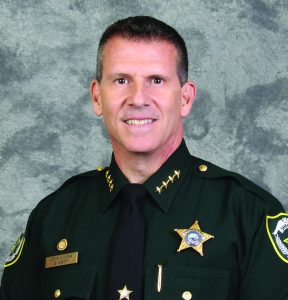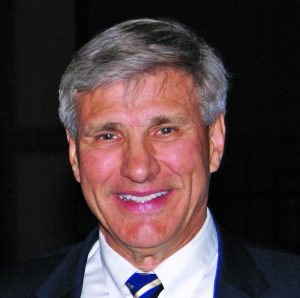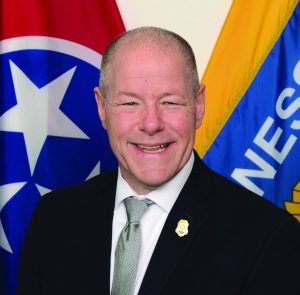How do you think the threat landscape has changed since 9/11?
|
 Since 9/11, the threats we face have evolved dramatically. China and Russia have rearisen as familiar competitors; but, somewhat disconcertingly, the “democratization” of high-tech capabilities like Global Positioning Systems, drones, and cyber have empowered a wider spectrum of potential adversaries—from non-state actors or American citizens—with lethal tools that had long been reserved for sophisticated nation-states. We must have great peripheral vision and an enduring ability to adapt quickly to whatever emerges. |
|
 Post-9/11, the threat landscape changed drastically, complicating law enforcement’s efforts to effectively disrupt threats to our homeland. Online propaganda on extremist ideology and open-source tactics have become more readily accessible, extending the reach of foreign terrorist organizations and increasing risk from lone-actor extremists or domestic violent extremist groups. The security of our communities dictates private and public partners communicate and share information. The Central Florida Intelligence Exchange (CFIX) is one of a network of fusion centers comprising partnerships with federal, state, and local agencies. Through CFIX, relationships are maintained with local intelligence investigators, as well as the Florida Department of Law Enforcement, FBI, and Department of Homeland Security. This information sharing helps to identify potential threats and mitigate the risk as quickly as possible. |
|
 Vice President, Justice Section, General Dynamics Anti-government, white supremacy, Neo-Nazi ideologues, and a host of other domestic radical groups have been around forever. However, before 9/11, groups and individuals espousing extremist ideas were mostly rejected and kept to the fringe of our social order. The internet and social media since 9/11 have raised these groups’ visibility and ability to influence, interact, and coordinate messaging and tactics with greater effectiveness. Also, the amount of misinformation and inflammatory rhetoric from so many media platforms and partisan political discourse adds impetus to the current and potential threat landscape. Finally, encryption technology has significantly improved since 9/11; as these groups have turned more to the use of it, this advancement has made it more difficult to detect and disrupt potential threats.
|
|
 The threat landscape has expanded beyond the fear of international terrorists plotting to take down democracy. The threat question now rests to those within our own communities. Every jurisdiction must now consider domestic terrorists. The threat of the lone wolf or single actor has expanded. Self-proclaimed incels are an example of individuals who believe they have been harmed or mistreated and who find like-minded peers on social media and promote violent responses. The attacks on cities under the guise of social justice, such as the Christmas Day bombing in Nashville and the U.S. Capitol attack, are prime examples of how expansive the threat has become. Fringe groups have always been a concern, but these new threats are more dangerous, requiring extra vigilance. d
|


